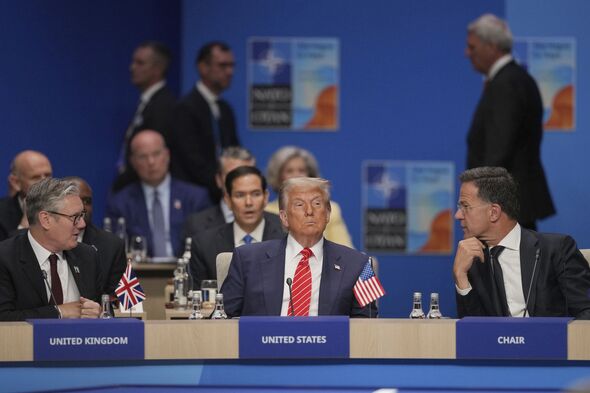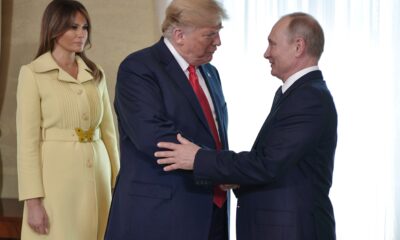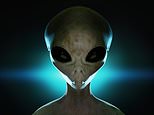World
NATO Allies Meet 2% Defence Spending Target After Years of Pressure

All 32 members of NATO are set to meet the alliance’s longstanding target of spending at least 2% of their GDP on defence by 2025. This milestone comes more than a decade after the target was first established and follows significant pressure from former US President Donald Trump, who insisted on increased defence expenditure among allies.
Recent estimates from NATO indicate that the eight lowest spending nations—Croatia, Portugal, Italy, Canada, Belgium, Luxembourg, Slovenia, and Spain—have all achieved the 2% threshold. The United Kingdom, a consistent contributor, is projected to spend 2.4% of its GDP on defence in 2025, an increase from 2.33% in 2024.
In terms of spending as a percentage of GDP, the Baltic states, perceived as most vulnerable to Russian aggression, lead the alliance. Poland tops the list with a defence expenditure of 4.48%, followed by Lithuania at 4%, Latvia at 3.73%, and Estonia at 3.38%. Among these countries, only Poland, Lithuania, and Latvia meet the new NATO benchmark.
The United States remains the largest spender in absolute terms but ranks sixth in spending relative to GDP, at 3.22%. The UK is positioned 12th, with other nations such as Greece, Finland, Sweden, and The Netherlands also surpassing it.
NATO’s statement highlighted the progress made since 2014, stating, “In 2025, all allies are expected to meet or exceed the pre-summit target of investing at least 2% of GDP in defence, compared to only three allies in 2014.” The alliance noted that over the last decade, European members and Canada have increased their combined defence investment from 1.43% of GDP in 2014 to a projected 2.02% in 2024. This translates to over USD 485 billion (adjusted to 2021 prices) in defence spending.
The 2% target was first introduced as a guideline in 2006 but was formally pledged following Russia’s annexation of Crimea in 2014. Earlier this year, NATO members agreed on a new benchmark to reach a spending goal of 5% of GDP by 2035, which will be divided into 3.5% for “core defence” and 1.5% for related areas such as infrastructure and cybersecurity.
Former President Trump had previously warned that he would reconsider US defence commitments if NATO allies did not contribute adequately to their own security, calling it “common sense.” As NATO continues to adapt to evolving global threats, the increased defence spending reflects a broader commitment to collective security in an uncertain world.
-

 World1 day ago
World1 day agoCoronation Street’s Shocking Murder Twist Reveals Family Secrets
-

 Entertainment4 months ago
Entertainment4 months agoKate Garraway Sells £2 Million Home Amid Financial Struggles
-

 Entertainment3 months ago
Entertainment3 months agoAnn Ming Reflects on ITV’s ‘I Fought the Law’ Drama
-

 Health3 months ago
Health3 months agoKatie Price Faces New Health Concerns After Cancer Symptoms Resurface
-

 Entertainment3 weeks ago
Entertainment3 weeks agoCoronation Street Fans React as Todd Faces Heartbreaking Choice
-

 World3 weeks ago
World3 weeks agoBailey Announces Heartbreaking Split from Rebecca After Reunion
-

 World5 days ago
World5 days agoKevin Sinfield Exceeds Fundraising Goal Ahead of Final Marathons
-

 Entertainment3 months ago
Entertainment3 months agoCoronation Street’s Carl Webster Faces Trouble with New Affairs
-

 Entertainment4 days ago
Entertainment4 days agoTwo Stars Evicted from I’m A Celebrity Just Days Before Finale
-

 Entertainment3 months ago
Entertainment3 months agoWhere is Tinder Swindler Simon Leviev? Latest Updates Revealed
-

 Entertainment4 months ago
Entertainment4 months agoMarkiplier Addresses AI Controversy During Livestream Response
-

 Science2 months ago
Science2 months agoBrian Cox Addresses Claims of Alien Probe in 3I/ATLAS Discovery




















